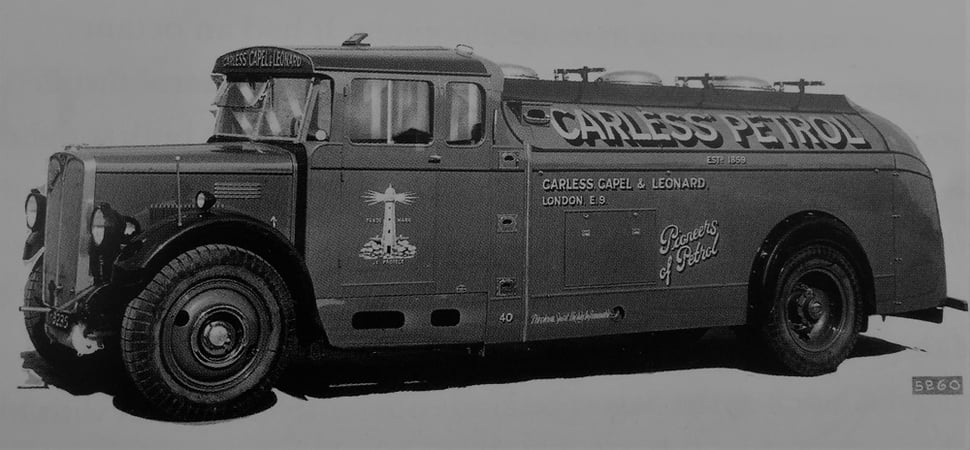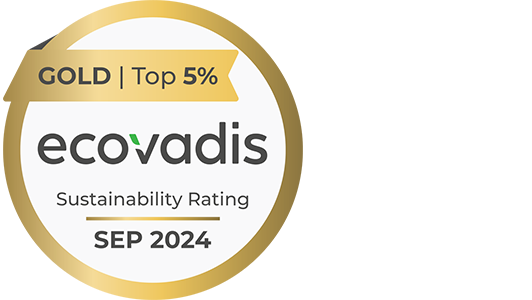Thinking logistics and transportation ahead and for the benefit of our customers - that was the hallmark of our founding fathers and is still our strength today.
Our traditional values such as customer focus, individuality and future orientation also play a key role in our supply chain processes. Our flexibility enables us to supply our customers worldwide in 90 countries via an international transport network with partners in Europe, Asia, Africa and North America and by using all modes of transport such as road, rail, inland waterways, seagoing vessels and air freight.
Depending on our customer's demands, we continuously develop new delivery concepts and sometimes take unusual paths. This starts with the delivery quantity: Haltermann Carless' largest delivery volume to date of 15 million liters in ocean-going vessels is offset by 0.15 liters of reference fuel as the smallest delivery unit.
In addition to the transport route itself, processes and service are also constantly being improved and geared to the future and the latest trends. Digitalisation is one of Haltermann Carless' main focuses. For example, the tracking of deliveries by sea. Customers are able to track their goods precisely and thus have greater planning security. A similar project for tracking trucks by land with direct information to customers is also in our pipeline of ideas.
Furthermore, we have introduced the so-called 'time slot booking', which allows trucks to be dispatched on time. Thus, they do not have to wait for their loading or unloading which results in significant time and cost saving for everyone in the supply chain and offers an additional service to our customers.
Forward-thinking logistics since the 1859
Thinking logistics and transportation ahead and for the benefit of our customers - that was the hallmark of our founding fathers. In the beginning, Carless used normal horse trailers for its petroleum deliveries, but soon switched to horse-drawn wagons with tank trailers. Henceforth, he immediately deployed every new transportation opportunities in his company - from railway wagons to the first tank wagons in 1919 with a capacity of 1000 gallons (approx. 4.5 thousand litres) to modern tank wagons. This flexibility made it possible for him to provide tailor-made deliveries to customers.
Haltermann also recognised the importance of delivery capability and founded the Johann Haltermann Tankreederei as early as 1921. Later on, he invested significantly in port expansion and his own ships.
Click here to learn more about Haltermann Carless.
Carless vehicles:



Haltermann vehicles and ship Nelly:





















